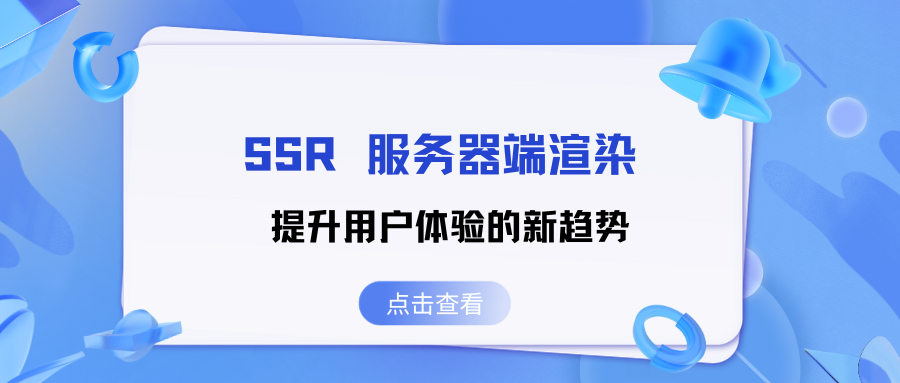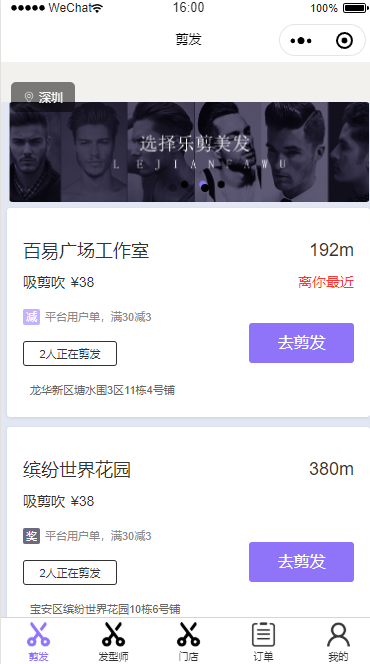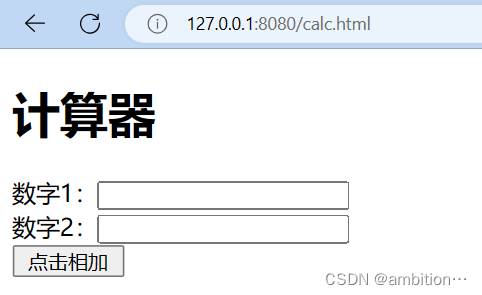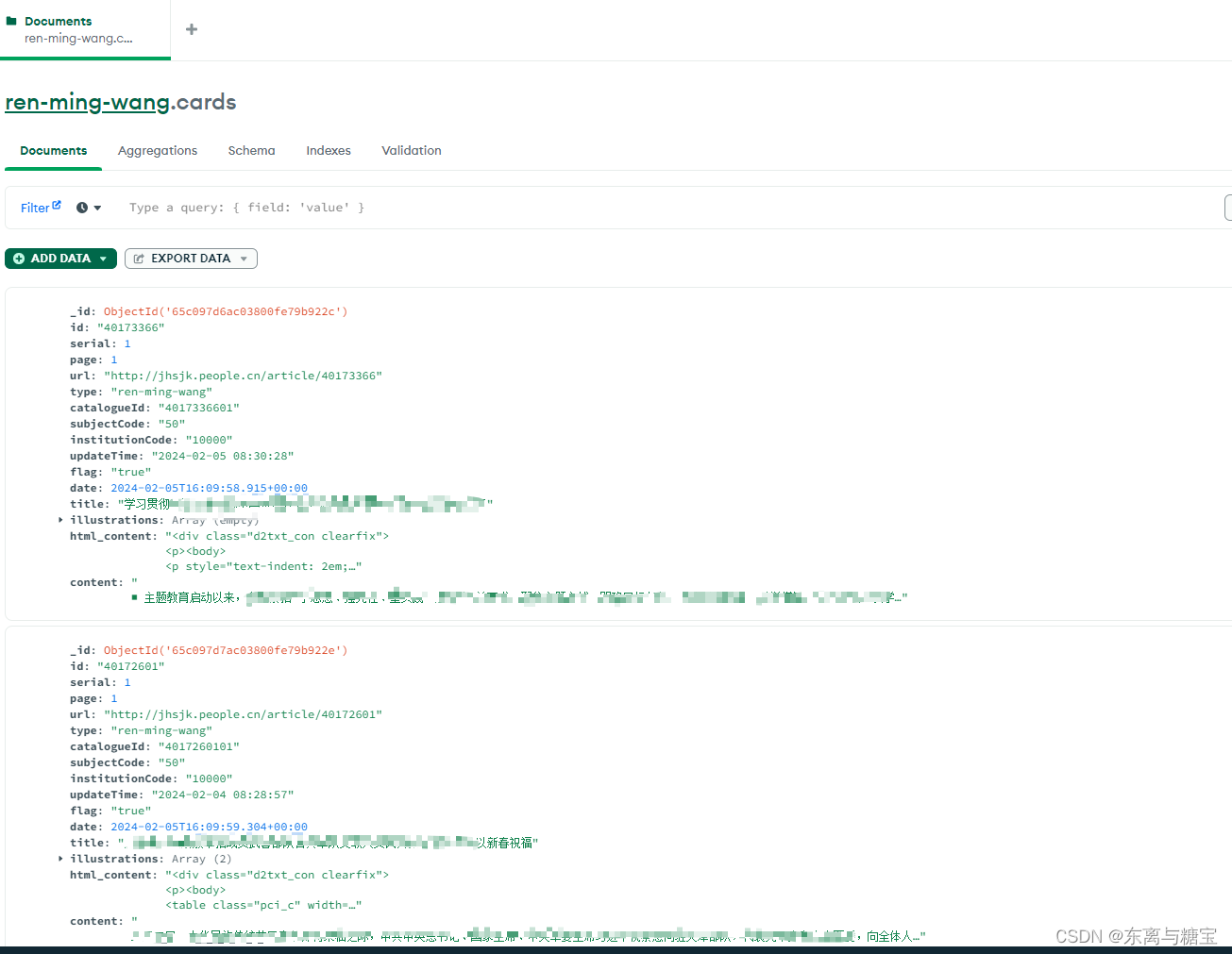本文介绍: 如果你一个web站点没有设置局部的欢迎页面,Tomcat服务器就会以index.html 或者index.htm或者 index.jsp作为一个web站点的欢迎页面。- 设置了欢迎页面之后,当你访问这个webapp的时候,或者访问这个web站点的时候,没有指定任何“资源路径”,这个时候会默认访问你的欢迎页面。- 你有没有注意一件事:当我的文件名设置为index.html的时候,不需要在web.xml文件中进行配置欢迎页面。- 欢迎页就是一个资源,既然是一个资源,那么可以是静态资源,也可以是动态资源。
– 什么是一个web站点的欢迎页面?
– 对于一个webapp来说,我们是可以设置它的欢迎页面的。
– 设置了欢迎页面之后,当你访问这个webapp的时候,或者访问这个web站点的时候,没有指定任何“资源路径”,这个时候会默认访问你的欢迎页面。
– 我们一般的访问方式是:
– http://localhost:8080/servlet06/login.html 这种方式是指定了要访问的就是login.html资源。
– 如果我们访问的方式是:
– http://localhost:8080/servlet06 如果我们访问的就是这个站点,没有指定具体的资源路径。它默认会访问谁呢?
– 默认会访问你设置的欢迎页面。
– 怎么设置欢迎页面呢?
– 第一步:我在IDEA工具的web目录下新建了一个文件login.html
– 第二步:在web.xml文件中进行了以下的配置
声明:本站所有文章,如无特殊说明或标注,均为本站原创发布。任何个人或组织,在未征得本站同意时,禁止复制、盗用、采集、发布本站内容到任何网站、书籍等各类媒体平台。如若本站内容侵犯了原著者的合法权益,可联系我们进行处理。







